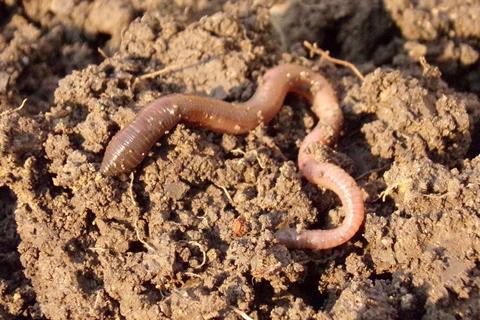Epidermal microorganisms, vital in nutrient exchange between hosts and environments, have now been shown to play a key role in host toxicity through community changes. This research highlights how changes in the community of skin-based microbes correlate more significantly with earthworm toxicity than those in intestinal microorganisms, especially under combined soil contaminations.

In a new study published in the journal Eco-Environment & Health, researchers from Zhejiang University revealed the crucial role of epidermal microorganisms in influencing earthworm toxicity under environmental stress, notably in conditions of nano zero-valent iron (nZVI) and tris (2-chloroethyl) phosphate (TCEP) co-contaminated soil. They compared intestinal and epidermal microorganisms’ contributions to earthworm toxicity under single and combined soil contamination scenarios.
Host toxicity
Using 16S rRNA sequencing and metagenomic analysis techniques, the study observed that 45% of epidermal microbes were highly correlated with host toxicity, in contrast to only 15% of intestinal microbes. Functional analysis revealed that key epidermal microbes, mainly heterotrophic, had genetic capabilities to utilize metal elements and nutrients.
In co-contaminated environments with nZVI and TCEP, certain epidermal microorganisms became dominant, consuming vital elements like zinc, copper, manganese, saccharides, and amino acids. This consumption contributed to nutritional deficiencies in the host earthworms.
Epidermal microbiome
Prof. Daohui Lin, lead researcher of the study, stated, “Our findings open a new dimension in understanding host-microbiome-environment interactions. The epidermal microbiome, often overlooked, is crucial in determining an organism’s resistance to environmental pollutants. This could redefine our approach to pollution impact studies and conservation strategies.”
This study sheds light on the previously overlooked role of epidermal microbes in earthworm health and their potential involvement in pollution-related toxicity. It emphasizes the need for a more holistic understanding of the complex interactions between hosts, their symbiotic microorganisms, and environmental contaminants. Further research is needed to explore the specific mechanisms by which epidermal microbes influence host health and to develop strategies for protecting both the host and its microbial partners from environmental threats.







No comments yet